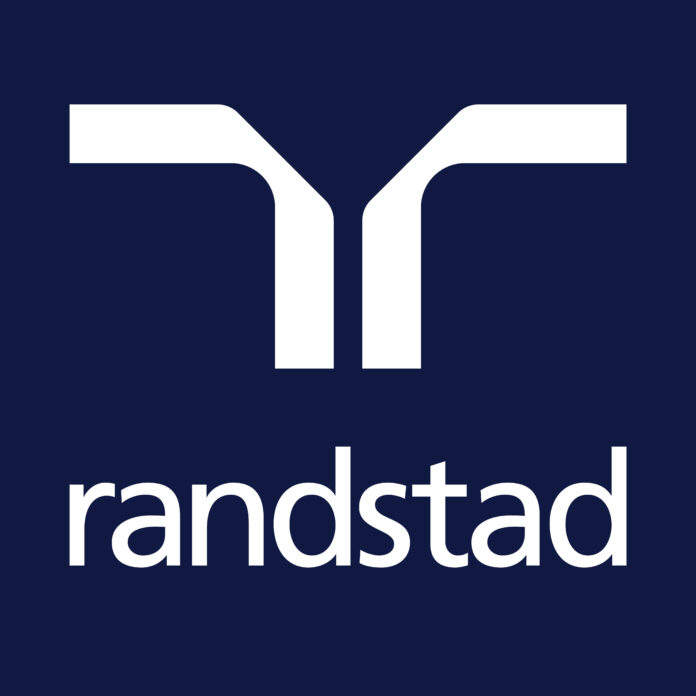A pioneering project is set to significantly streamline the processes for statutory incident reporting within the light rail sector, thanks to a new partnership between the Office for Rail and Road (ORR) and the Light Rail Safety and Standards Board (LRSSB).
The LRSSB, the organisation responsible for tramway safety, has been working closely with the regulator to incorporate RIDDOR (Reporting Incidents, Diseases and Dangerous Occurrences Regulations) directly into its evolving, sector-wide reporting system.
Since its launch in 2023, the upgraded Tram Accident and Incident Reporting system (TAIR) has already delivered a major boost for sector safety. It has achieved this by standardising the way hazardous incidents are recorded and by providing invaluable data about the risks faced by operators. Now, the LRSSB is poised to elevate TAIR to another level by enabling it to generate RIDDOR reports and submit them directly to the ORR.
Carl Williams, LRSSB Chief Executive, commented: “As well as reflecting our close partnership with the ORR, this landmark project also demonstrates how the LRSSB continues to embrace innovation and technology to deliver clear benefits for operators and other key stakeholders while ultimately enhancing safety across the sector. Now tram operators are able to utilise a bespoke system for seamlessly submitting RIDDOR documents that’s fully integrated with a sector-wide reporting process.”
Currently, all RIDDOR reports must be submitted using the ORR’s online webform. For tram operators, this has historically meant the duplication of similar reports across two different systems, adding an administrative burden.
However, the recent upgrade to the TAIR system now allows users to flag incidents as RIDDOR-reportable and to provide the additional information required under current legislation directly within TAIR.
Mark Ashmore, LRSSB Head of Safety and Assurance, explained: “Over the past few months, this new process has been trialled by tram operators from across the UK who have used both TAIR and the ORR’s webform to submit reports. This period of intense testing has enabled the cross-referencing of entries from both systems to ensure all incidents are captured correctly and include the required information.”
The upgrades to TAIR initially went live at the beginning of May. A dual reporting arrangement will remain in place for a transitional period until the regulator is fully satisfied that all incidents are being reported as they should be through the new integrated system.
Dominic Long, Principal Inspector of Railways for the Trams and Light Rail Team at the ORR, added: “This is an excellent step forward for tram operators and the Office of Rail and Road. Integrating TAIR with our existing data repository allows us to remove some of the regulatory reporting burden on operators and enables us to view safety incident reports in a more timely manner.”
This collaboration marks a significant advancement in rail safety reporting, promising greater efficiency and more timely data for the benefit of the entire light rail sector.





